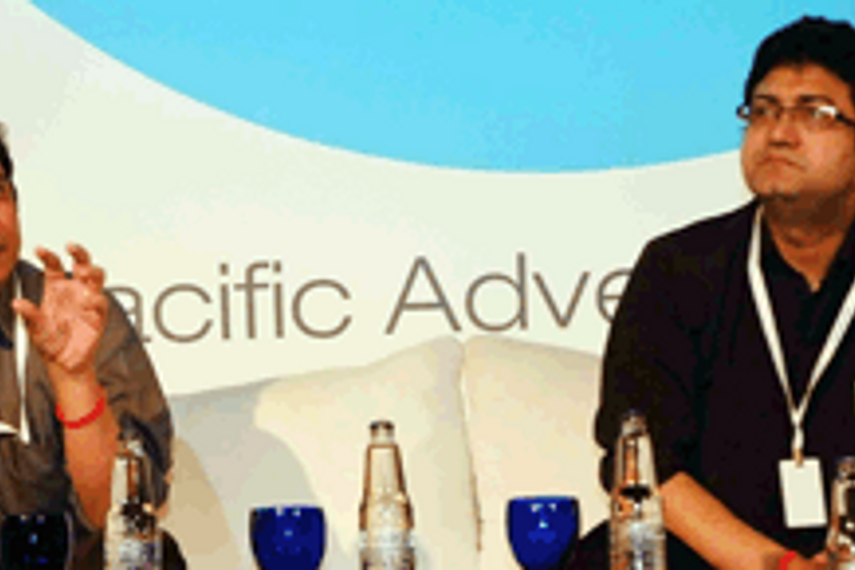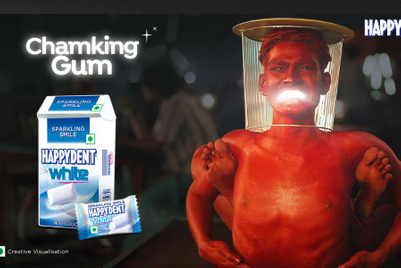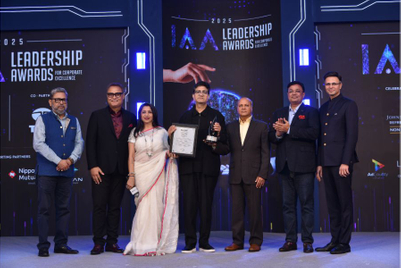
It’s ironic that at an Asia Pacific forum, when Indian ads are being screened, one gets the notion that even at the regional level, no one really gets the Indian point of view. You would expect that Asia in spite of its cultural diversity, would have some commonality in thought or consumer insights that would crack the code. Instead, what one sees are largely blank faces. With some exceptions, of course. As Santosh Desai, MD and CEO, Future Brands, pointed out, perhaps that’s not such a bad thing.
At a session titled “Real work for Real India”, moderated by Christopher Graves, president and CEO, Asia Pacific, Ogilvy Public Relations Worldwide and chaired by Prasoon Joshi, executive chairman McCann Worldgroup and regional executive creative director, Asia Pacific and Santosh Desai, the discussion veered around the need to understand the complex dynamics of the Indian market which posed a challenge for multinational brands. The session began with Joshi screening a number of Indian ads for the assembled audience. These included films for Lifebuoy soap, Fevicol, Surf Excel, Chlormint, Radio Mirchi, Balbir Pasha ad for PSA India, Reliance Mobile and Happydent among others. Most of these campaigns were very successful but the question of them being accepted at a global forum was the point that was being debated.
Commenting on his choice of ads that afternoon, Joshi admitted that the ads were chosen to represent the Indian consumer psyche and demonstrate the uniqueness of the Indian market. All the ads, Joshi pointed out, were able to connect at an emotional level with Indian consumers but may not be understood at a global level.
Desai was firmly of the view that the question itself was irrelevant in India’s context. He added, “Why should advertising work across borders? Cultural complexities make all the difference. The reason this question keeps getting asked is because there is a vested interest in ideas staying in a central location in the west. I believe that’s the reason for the great desire to believe that creative ideas travel. It’s driven out of politics more than anything else. That question is not asked of any other industry. The market is large enough, it has lower production costs. What is the logic to saying the ideas have to be global?”
Joshi was of the view that even though good advertising may not sometimes make as much of an impact globally, great advertising ideas always managed to appeal at a very human level even with global audiences. He pointed to the example of the Happydent commercial, which won numerous accolades at an international level, in spite of being Indian to the core.
Desai was of the view that there were many instances of brands attempting to adapt global ideas to Indian sensibilities and failing. Sony Bravia’s ‘Paint’ commercial was, according to Desai, a prime example of a fabulous global idea that when adapted for the Indian market, was downright patronizing. Desai felt that many international brands made the mistake of blundering into India with the idea that a global idea could be conveniently adapted to the Indian market place, while it was, in fact, more complex.



.jpg&h=268&w=401&q=100&v=20250320&c=1)


.jpg&h=268&w=401&q=100&v=20250320&c=1)
.jpg&h=268&w=401&q=100&v=20250320&c=1)

.jpg&h=268&w=401&q=100&v=20250320&c=1)
